Introduction:
In the intricate dance between human innovation and ecological stewardship, the construction industry stands at a pivotal juncture, tasked with reimagining the very foundations upon which our structures rise. As the specter of climate change looms ever larger, and the consequences of our resource-intensive practices become increasingly apparent, architects, engineers, and builders are embracing a paradigm shift towards sustainable materials to construct the buildings of tomorrow.
The urgency to address environmental concerns has become the driving force behind this transformative journey. It’s not merely a quest for novelty; it’s an essential response to the undeniable responsibility we bear towards the planet. The traditional materials that once symbolized progress are now being reevaluated in the context of their ecological impact. Concrete, long regarded as an unyielding cornerstone of construction, and steel, the very sinew of urban skylines, are under scrutiny for their substantial contributions to carbon emissions and resource depletion.
In the face of these challenges, sustainable construction materials emerge not just as an alternative but as a conscientious commitment to creating a built environment that coexists harmoniously with the natural world. This blog serves as a compass, guiding us through the labyrinth of innovation, exploring the diverse and groundbreaking materials that promise not only to redefine the aesthetics of our structures but to lay the groundwork for a more sustainable and resilient future.
As we embark on this odyssey into the world of sustainable construction, it is imperative to recognize that the need for change is not a fleeting trend; it is an imperative response to a planet in flux. The very fabric of our cities, homes, and workplaces is woven into the narrative of our environmental impact, and the choices we make in construction reverberate far beyond architectural aesthetics. Join us as we unravel the intricacies of this evolution, examining how sustainable materials are poised to reshape the skylines and redefine the very essence of construction in the 21st century.
The Need for Sustainable Construction Materials
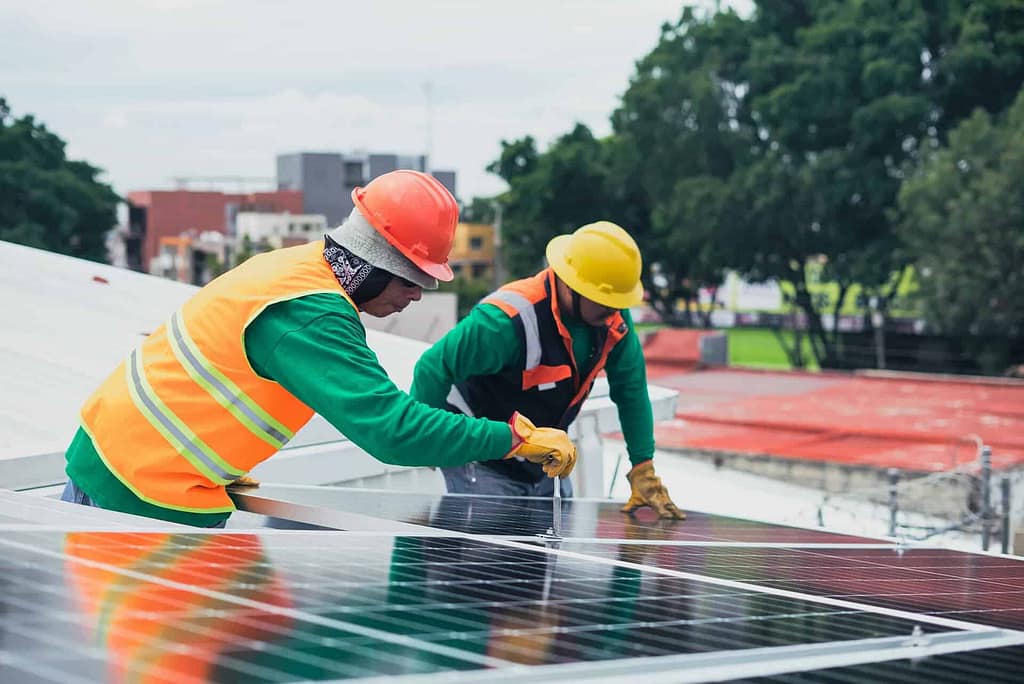
The landscape of global construction is at a crossroads, teetering on the edge of a pivotal transformation fueled by a profound need for sustainability. The imperatives of this era extend beyond architectural prowess and structural ingenuity; they delve into the very essence of responsible resource management and environmental guardianship.
The environmental toll of traditional construction materials has become impossible to ignore. Concrete, with its robust yet resource-intensive nature, and steel, an alloy emblematic of progress, have unwittingly become contributors to the climate crisis. The carbon emissions and resource depletion associated with these materials have cast a long shadow over the industry, prompting a critical reevaluation of our construction practices.
As we stand witness to the consequences of a rapidly changing climate, the need for sustainable construction materials emerges not merely as an ethical choice but as an existential imperative. It transcends the ephemeral trends of the industry, heralding a new era where the very act of building is redefined in harmony with nature. The urgency of this shift is underscored by the irrefutable evidence of environmental degradation, compelling architects and builders to reassess their roles as custodians of the built environment.
In this exploration of sustainable materials, we delve into the environmental impacts of conventional construction practices. The production of cement alone, a primary component of concrete, accounts for a significant portion of global carbon emissions. Similarly, steel production, reliant on energy-intensive processes, exacerbates the industry’s environmental footprint. Acknowledging the magnitude of this impact lays the groundwork for our journey into innovative, sustainable alternatives that promise not just to alleviate environmental stress but to redefine the very ethos of construction.
The need for sustainable construction materials is a clarion call to architects, engineers, and builders to become agents of change. This section serves as a compelling prologue to our exploration, setting the stage for a deep dive into the eco-conscious materials that are steering the construction industry towards a future where structures are not just testaments to human achievement but harmonious cohabitants of a resilient and sustainable planet.
Timber Revolution
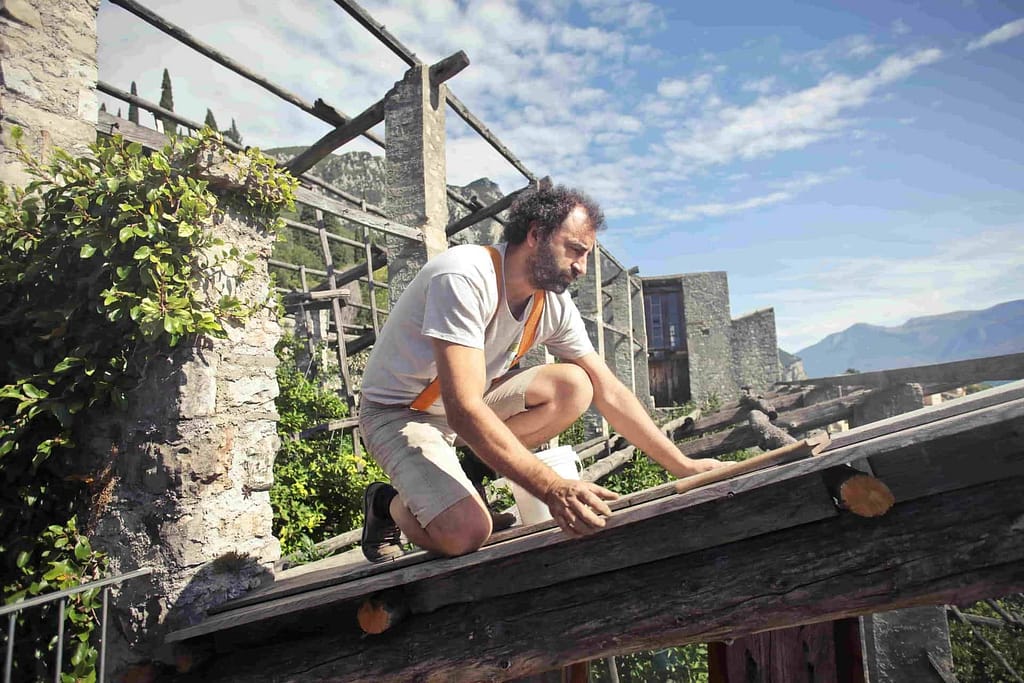
The Rise of Mass Amidst the clamor for sustainable alternatives, a resounding echo of change reverberates through the construction industry—the Timber Revolution. In a world where concrete and steel have long held sway, timber emerges as the unsung hero, seizing the spotlight in a remarkable resurgence that transcends traditional norms and embraces a future woven with sustainable aspirations.
Timber, once relegated to a supporting role, is now ascending to the forefront of construction innovation. At the heart of this metamorphosis lies Mass Timber Construction—a phenomenon that heralds a seismic shift in how we conceive, design, and erect structures. This is not merely a technological advancement; it is a rekindling of our relationship with one of the oldest building materials known to humanity.
As we delve into the Timber Revolution, it becomes abundantly clear that wood is no longer confined to the quaint cottage or rustic cabin. The advent of engineered wood products, exemplified by Cross-Laminated Timber (CLT) and Glue-Laminated Timber (Glulam), propels timber into the realm of high-performance building materials. Its strength, versatility, and renewability position it as a frontrunner in the quest for sustainable construction.
The environmental merits of mass timber construction are not merely theoretical; they are tangible, with timber serving as a carbon sink. The very act of incorporating wood into buildings becomes a powerful strategy to mitigate carbon emissions, as trees absorb carbon dioxide during their growth, locking it away within the structure. The Timber Revolution, therefore, transcends aesthetics; it is a bold declaration of our commitment to combat climate change through our choices in construction.
This section is a voyage into the heart of the Timber Revolution, where architects and builders are embracing timber not just as a construction material but as a manifesto for sustainability. Through case studies and examples, we unravel how mass timber structures are not just sturdy and resilient but also symbolize a harmonious alliance with nature.
Recycled and Upcycled Materials – Transforming Waste into Architectural Marvels

In the pursuit of sustainable construction practices, the spotlight intensifies on Section 3: Recycled and Upcycled Materials, where the narrative transcends innovation to embark on a transformative journey of waste redemption and architectural ingenuity. Here, discarded materials metamorphose into the very fabric of structures, embodying the ethos of recycling not as an afterthought, but as a central tenet of construction.
As we navigate through the ever-expanding realm of sustainable building, the spotlight turns towards materials derived from the discarded and overlooked – a symphony of creativity, resourcefulness, and environmental responsibility. Reclaimed wood, once a forgotten relic, emerges as a focal point, celebrating the resilience of nature’s own creation. Architects and builders are turning to this aged wood not just for its aesthetic charm but for its potential to infuse history, character, and sustainability into contemporary structures.
Similarly, recycled metals find a new purpose, steering away from the linear trajectory of production and disposal. From salvaged steel to repurposed aluminum, the journey from discarded scrap to architectural centerpiece symbolizes a commitment to circular economies and a departure from the environmentally taxing process of raw material extraction.
The reimagining of shipping containers, once confined to the rigors of international trade, takes center stage as another testament to the creative repurposing of materials. These metal giants, discarded after their transoceanic voyages, are finding new life as cost-effective, modular building blocks, embodying a fusion of sustainability, durability, and architectural innovation.
As we delve into this section, it becomes evident that recycled and upcycled materials not only redefine the construction landscape but also serve as powerful statements against the throwaway culture that has long dominated the industry. The narrative transcends the mere utilization of discarded materials; it becomes an homage to resourcefulness, a celebration of environmental responsibility, and an acknowledgment of the interconnectedness between our built environment and the broader ecosystem.
High-Tech Solutions: Smart Materials and Green Innovations
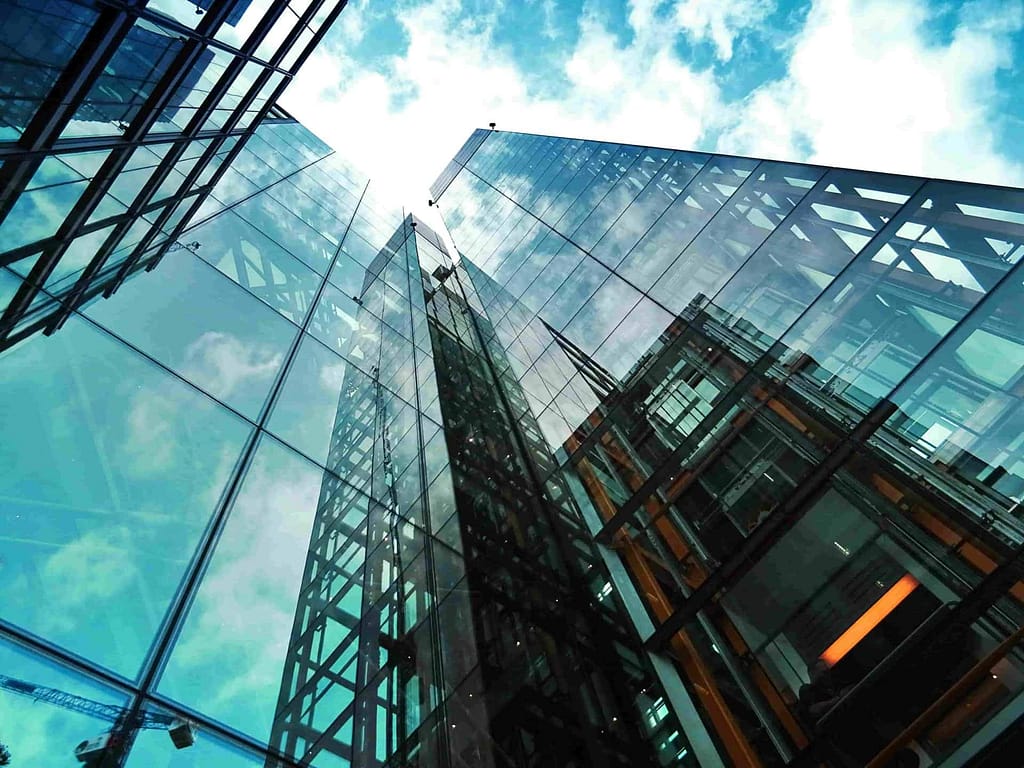
I n the relentless pursuit of sustainable construction, technology emerges as a formidable ally, propelling the industry into an era where buildings are not just inert structures but living, breathing entities capable of responding intelligently to their environment. Section 4 explores the fascinating realm of high-tech solutions, where smart materials and green innovations converge to redefine the very fabric of our constructed world.
The infusion of technology into construction materials represents a paradigm shift, transcending the conventional boundaries of design and functionality. Smart materials, endowed with the ability to react and adapt, are ushering in an era of unprecedented efficiency, resource conservation, and environmental consciousness. As we navigate this frontier, it becomes evident that these innovations are not mere embellishments but integral components of a sustainable construction ecosystem.
Among the heralds of this technological revolution is self-healing concrete, a material that possesses the remarkable ability to repair micro-cracks autonomously. This not only prolongs the lifespan of structures but also reduces maintenance requirements, minimizing the environmental impact associated with repair and reconstruction. The quest for longevity and resilience in construction materials has found a powerful ally in the self-healing capabilities of smart materials.
Photovoltaic glass stands as another shining example of technology converging with sustainability. Transforming windows and facades into energy-generating surfaces, this innovation harnesses the power of the sun to contribute to a building’s energy needs. The seamless integration of renewable energy sources into the very fabric of a structure not only reduces reliance on conventional power grids but also mitigates the carbon footprint associated with energy consumption.
Beyond the physical attributes of materials, green innovations are revolutionizing the way buildings interact with their surroundings. From vegetated roofs that enhance insulation and biodiversity to advanced building management systems that optimize energy usage, these technologies are reshaping the narrative of construction. The synergy between intelligent systems and sustainable materials represents a leap towards a future where buildings not only serve their inhabitants but actively contribute to the well-being of the planet.
As we navigate through this high-tech landscape, it becomes clear that the convergence of smart materials and green innovations is not just a technological marvel but a testament to the industry’s commitment to a sustainable future. The exploration of these cutting-edge solutions serves as an invitation to envision a world where technology and ecology coalesce, giving rise to buildings that are not only smarter but inherently attuned to the imperatives of our changing planet.
Earth-Friendly Insulation and Energy-Efficient Systems
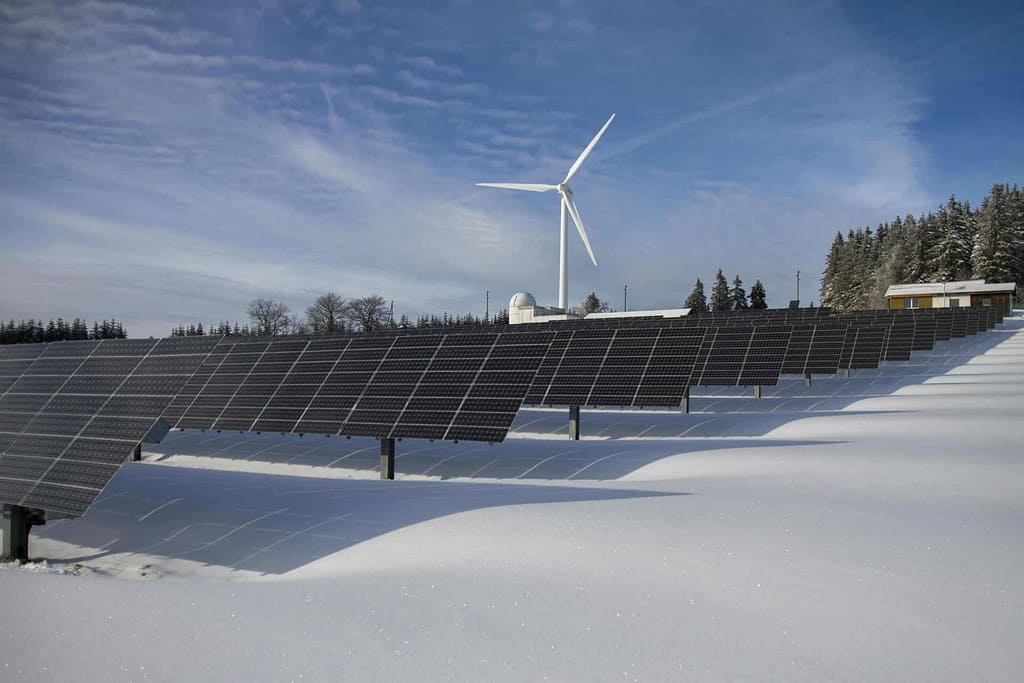
Amidst the cacophony of sustainable construction materials, the importance of energy efficiency and insulation cannot be overstated. Section 5 of our exploration ventures into the realm of Earth-friendly insulation and cutting-edge energy-efficient systems, uncovering the pivotal role they play in shaping the buildings of tomorrow.
Insulating with Purpose:
- Earth-friendly insulation goes beyond merely trapping heat; it is a cornerstone in creating energy-efficient structures. Conventional insulation materials often come with their own environmental baggage, but this section sheds light on alternative options that prioritize sustainability. From recycled denim insulation to natural materials like cork and cellulose, we delve into how these materials not only excel in thermal performance but also contribute to a healthier indoor environment. The insulation choices we make today echo through the years, impacting both energy consumption and occupant well-being.
Harnessing the Power of the Sun:
- Solar energy has transcended its role as a niche alternative to becoming a mainstream contributor to energy-efficient systems. Photovoltaic glass and solar panels are at the forefront of this revolution, seamlessly integrating renewable energy sources into the building envelope. Explore how these technologies not only reduce reliance on traditional power grids but also contribute to the overall sustainability of the built environment. The marriage of architecture and energy generation is no longer a futuristic concept; it is a tangible reality reshaping the skyline.
Geothermal Innovations:
- Beneath the surface lies a wellspring of sustainable energy waiting to be tapped. Geothermal heating and cooling systems are emerging as game-changers in the quest for energy-efficient buildings. This section unravels the principles behind geothermal technologies, showcasing how they harness the Earth’s natural thermal energy to regulate indoor temperatures. As buildings become more intertwined with the Earth’s resources, geothermal systems offer a glimpse into a future where our structures are not just consumers of energy but active participants in its sustainable generation.
Smart Integration for Efficiency:
- The synergy between sustainable materials and smart technologies amplifies the efficiency of buildings. Self-healing concrete, dynamic shading systems, and intelligent HVAC (Heating, Ventilation, and Air Conditioning) solutions are transforming structures into responsive, adaptable entities. We explore how these smart systems optimize energy usage, enhance occupant comfort, and contribute to the longevity of buildings. As technology continues to advance, the intersection between intelligence and sustainability becomes a cornerstone in the evolution of construction practices.
In navigating Earth-friendly insulation and energy-efficient systems, we unravel the layers of innovation that are redefining the very essence of buildings. From thermal performance to renewable energy integration, this section demonstrates how conscious choices in insulation and energy systems are not just components of sustainable construction but integral elements in crafting a future where buildings coexist seamlessly with the environment.
Conclusion:
As the construction industry adapts to the challenges of the 21st century, sustainable materials are emerging as the bedrock of tomorrow’s buildings. From timber to recycled materials and high-tech innovations, the options for eco-friendly construction are expanding rapidly. Embracing these sustainable practices not only benefits the environment but also creates healthier, more resilient communities. By choosing sustainable materials, we pave the way for a greener and more sustainable future in construction.



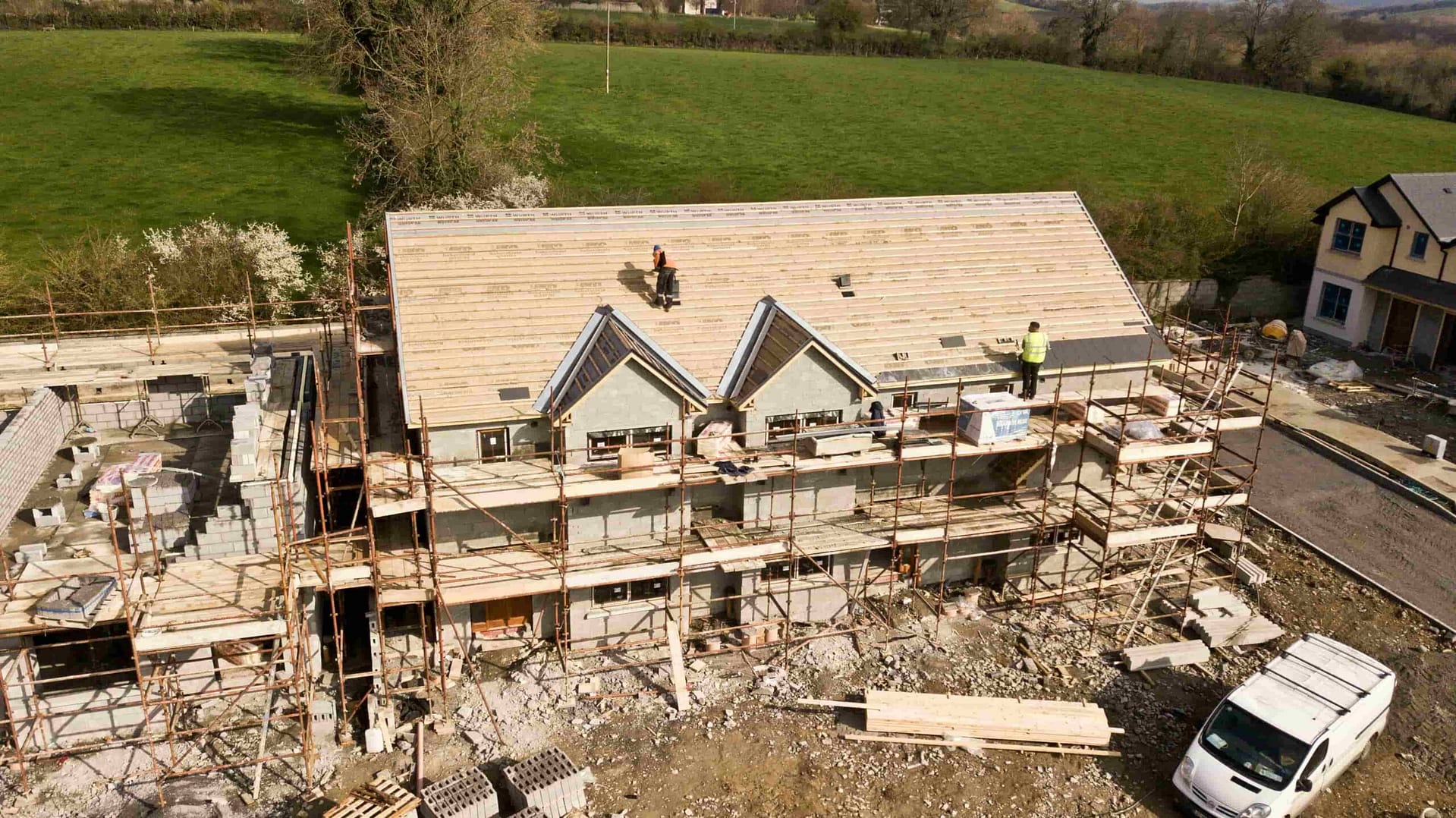
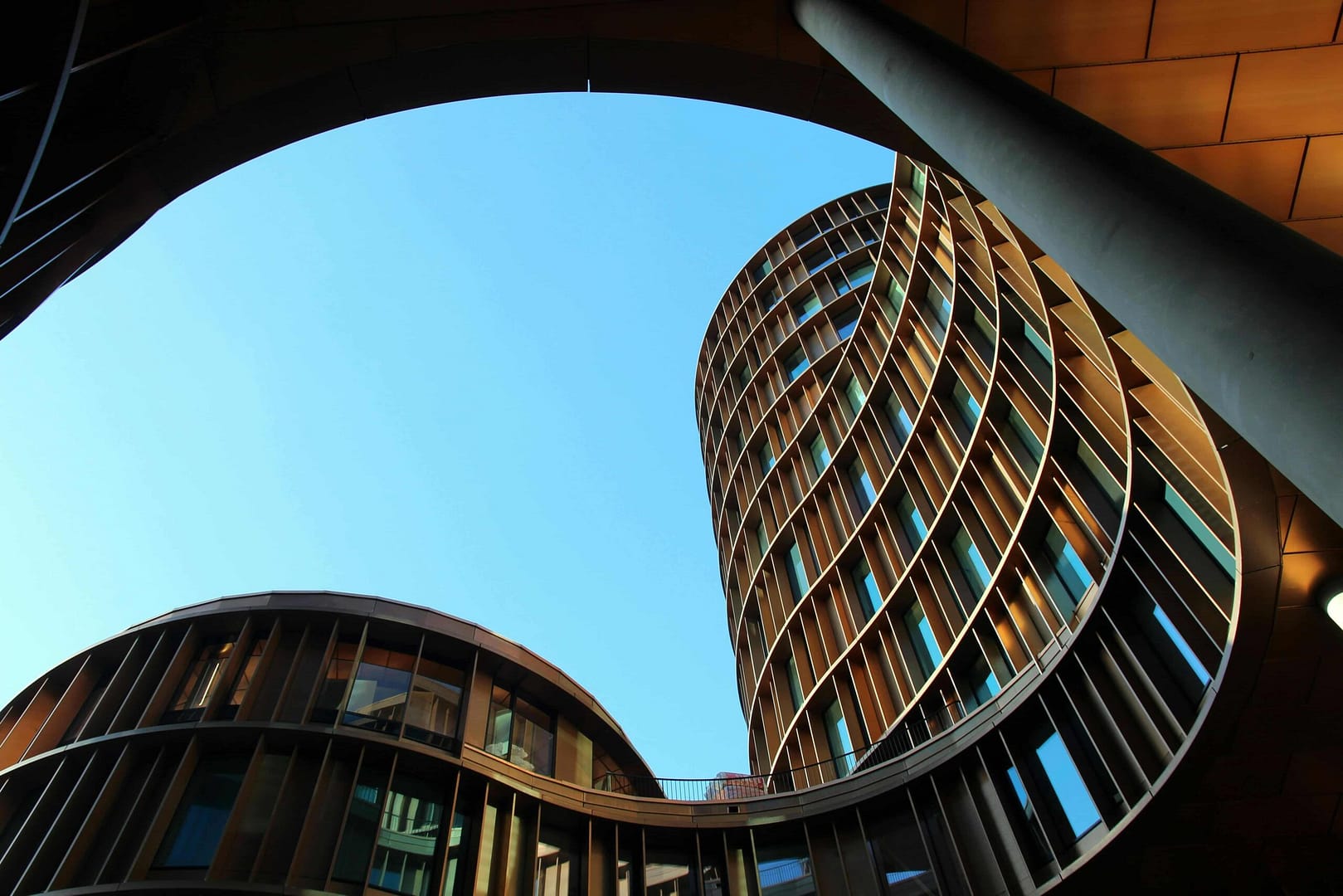
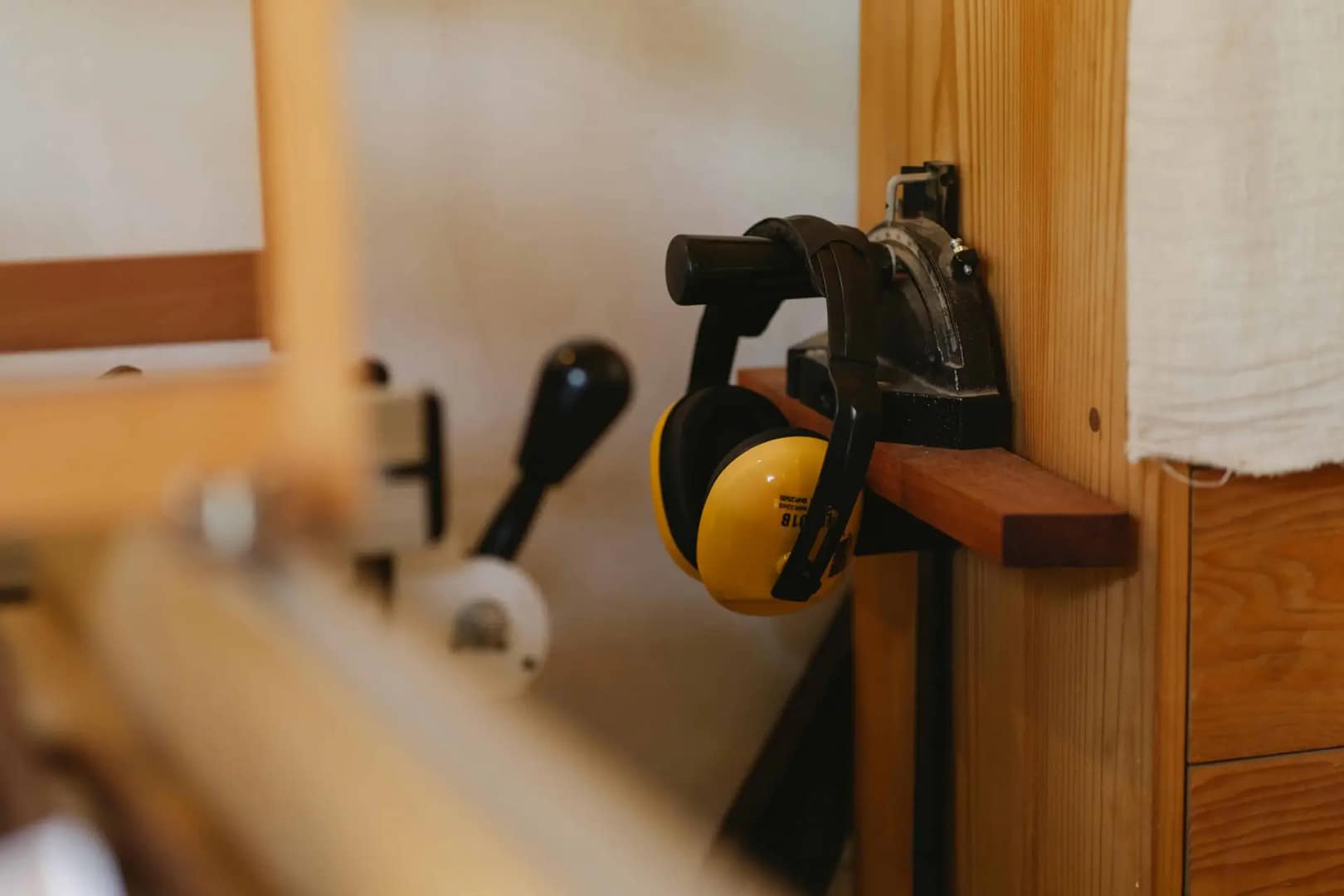
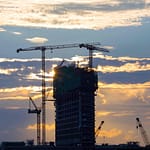

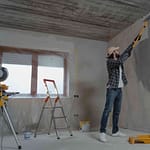

It’s going to be finish of mine day, except before finish I am reading this enormous
piece of writing to improve my experience.
It’s an remarkable piece of writing in favor of all the online viewers; they
will get advantage from it I am sure.